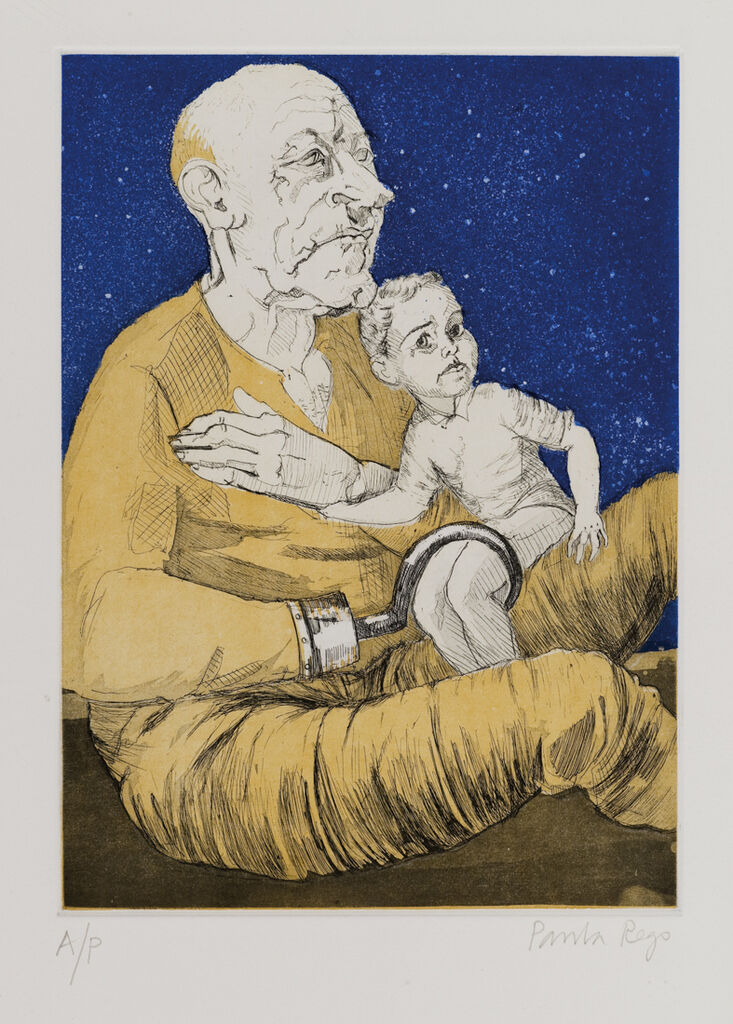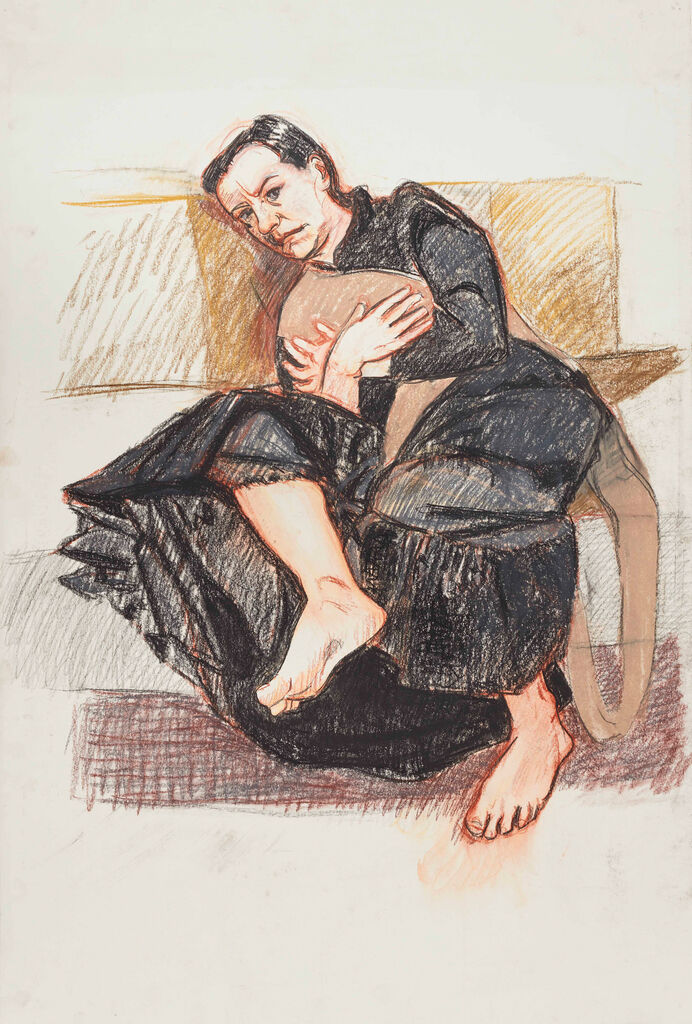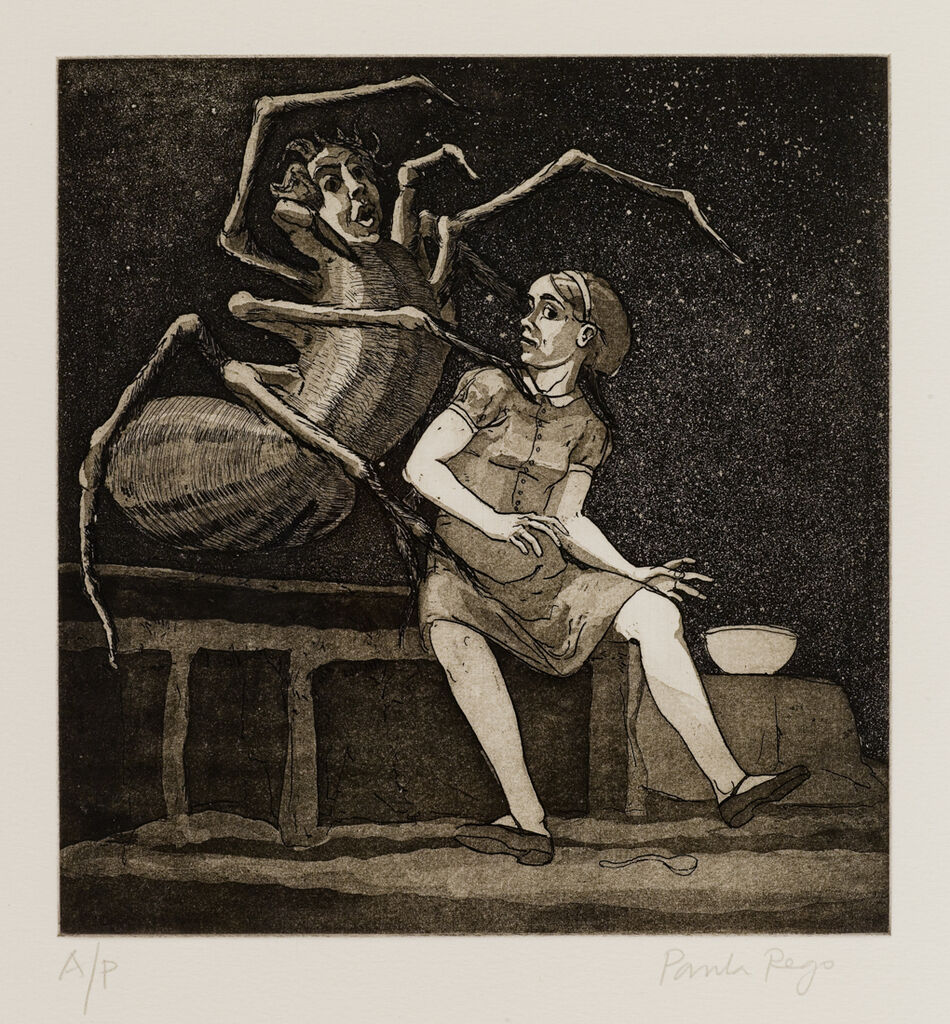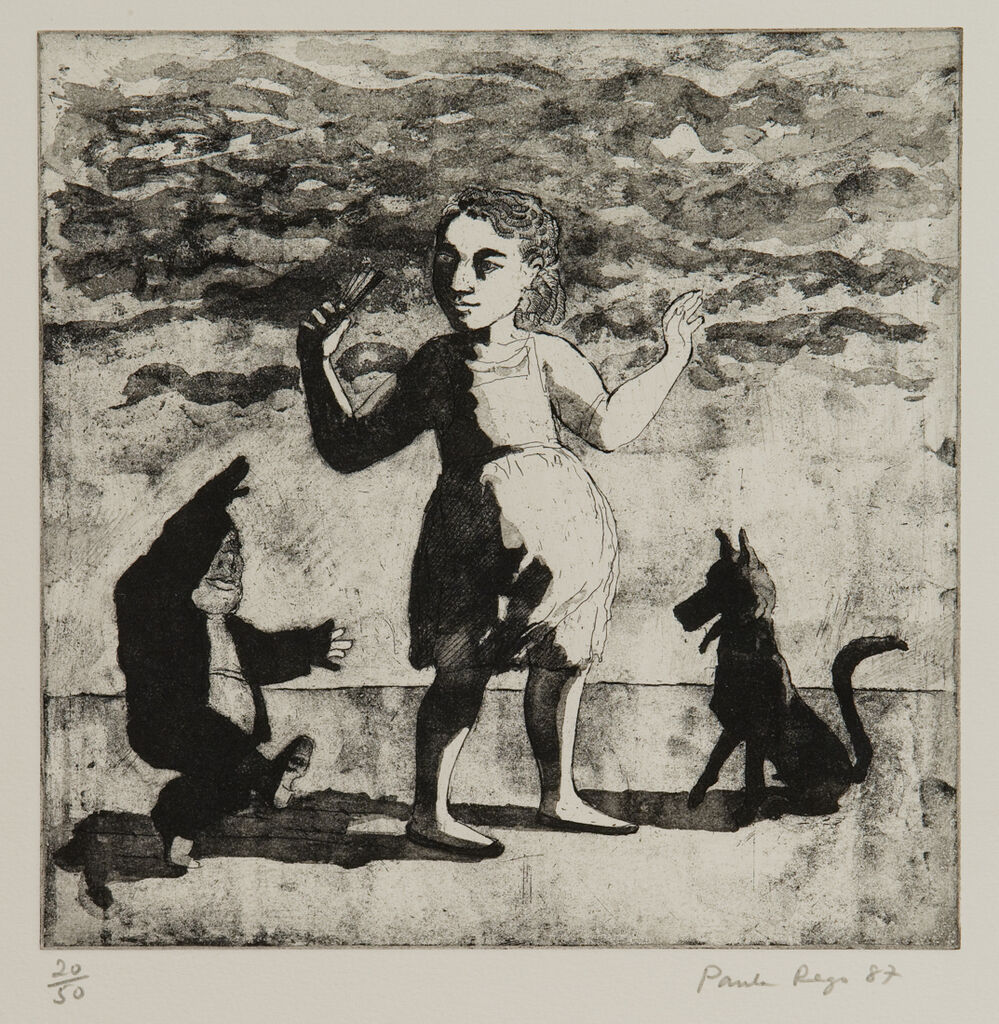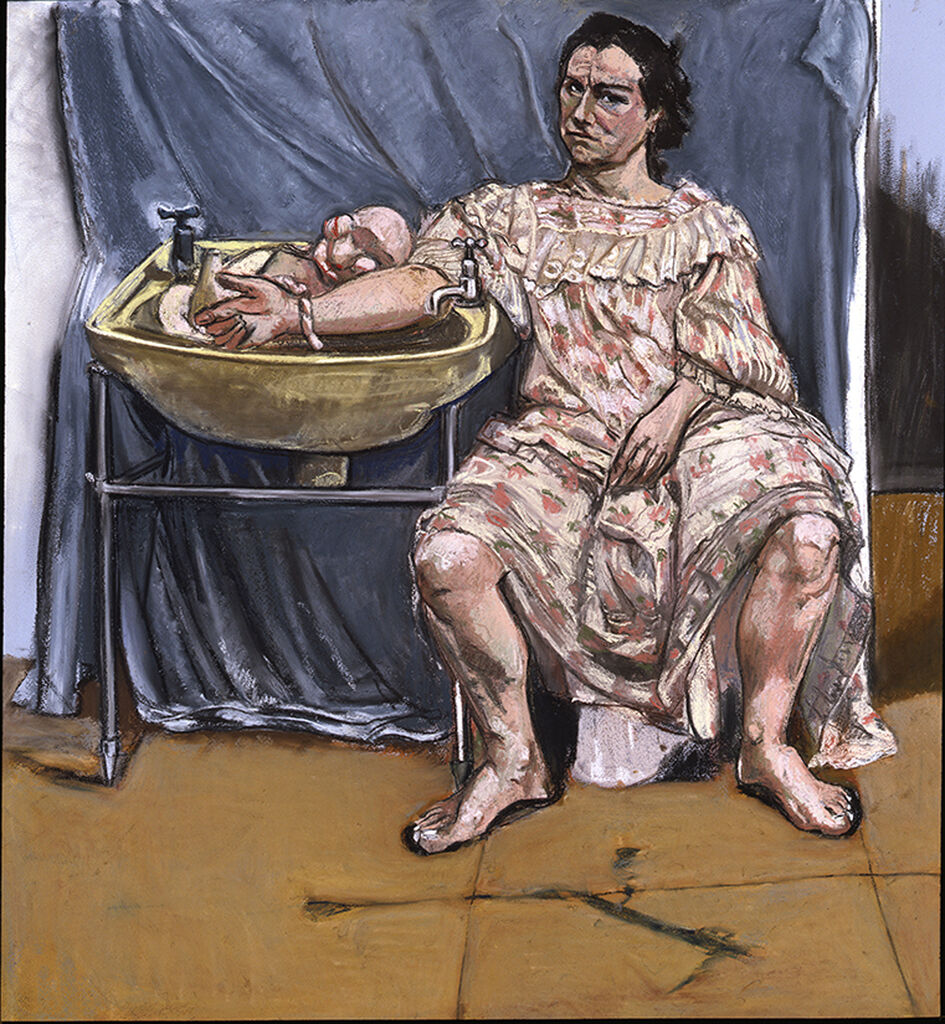Art Market
What Collectors Need to Know about Art Shipping
Most artwork is static. Consequently, when art is moved—either within a gallery or collection, or between sites—the level of risk shoots up. There are dozens of famous examples of artwork being lost, stolen, or damaged while in transit—from ’s Children with a Cart (1779), which was stolen in 2006 near Scranton, Pennsylvania, while on its way to the Guggenheim in New York; to the firebombing of ’s The Stone Breakers (1849) in 1945 while it was being moved out of Dresden, Germany; to the accidental destruction of’s Untitled Oil Painting (1960s) in 2000 by handlers at Sotheby’s who mistook its box for an empty crate.
Yet statistically, most artwork, according to insurance figures, suffers smaller and more frequent instances of low-level damage during shipment, representing about 60% of art damage claims. Consequently, a professional—and sometimes secretive—network of shipping experts has arisen to provide services for galleries, institutions, and collectors. Moving art may be risky, but it is also a vital part of the art world’s ecosystem—allowing us access to work outside our own localities. Because art market participants range widely from individual collectors, art dealers, and private galleries to ultra-high-net-worth collectors and massive institutional buyers, the world of art shipping has become equally diverse: One can ship art through the postal system or under armed guard.
“Understandably, shipment networks (and businesses) have grown and specialized over time,” said Jonathan T.D. Neil, associate professor of art business and arts management at Drucker School of Management, Claremont Graduate University. Neil divides the market for moving art into “shipping” and “handling” and remarked upon the different actors involved in the process: “There are certain companies one will use for international shipping because they understand the tax and customs regimes better than local or merely national companies. ‘Handling’ is a different story, and still operates something like a guild with junior apprentices and senior handlers who run the show with the big shippers and institutions. Further down the ladder, it’s very much a free-for-all, with artists (and art students) providing handling services to galleries and one another because they are the ones that deal with artmaking at its heart.”
Art shipment has historically been a relatively decentralized industry, often run by those involved in other areas of the art market. Recently, there have been attempts to highlight efforts at ethical art shipment practices. ARTA, a fine art logistics and technology company, released a report in 2020 on emissions linked to the art shipment industry. The report suggests that collectors monitor their carbon footprint through a simple equation that can estimate carbon dioxide emissions and also opt for sea and train freight over air travel when possible. (Full disclosure: Artsy Shipping is powered by ARTA.)
Collectors should also be aware of labor practices in the art shipment market. Neil pointed out that efforts should be made to increase pay and opt for professional services in what has historically been a precarious labor market. “[The nature of art shipment] keeps costs low for the capital-strapped sectors of the art world, but this isn’t good for the artists or other contingent labor that does this essential work,” he said. “At some point, training, credentialization, and professional associations (if not unionization) will help to shore up art handling labor and wages.”
On a practical level, collectors should take into account various factors when looking for the right art shipment service: from the value of their artwork and its dimensions, to the distance it’s being moved across, to whether or not it’s traveling internationally.
Meredith Blechman, head of marketing and partnerships at ARTA, noted some of the main categories to be aware of when looking to ship art. “The material, size, and weight of an artwork have a critical role in determining optimal packing and transport method,” she said. “For example, you can’t simply soft pack a sculpture—they tend to be heavy and/or fragile and require specific packaging. A print might be fine to soft pack for transport, but if it’s traveling internationally or via sea freight, it will require additional packing to ensure it is not damaged.”
Blechman went on to explain that the different elements found in a piece can affect a collector’s choice of shipment. “Depending on the item’s size, value, weight, and fragility, it is certainly possible to ship art via a common courier like FedEx. The key is to ensure proper packing when shipping with these carriers,” she explained. “That being said, artwork that is extremely heavy, oversized, fragile, or a number of other variables might prohibit the ability to ship via common courier or would cause us to recommend against shipping in any method other than fine art transport.” The shipping services that Artsy provides via ARTA take such variables into account to calculate shipping quotes and offer the safest and most appropriate packaging and transport options for a given artwork.
Jonathan Schwartz, CEO of Atelier 4, a fine arts logistics company based in New York, offered a rule of thumb to help collectors figure out what shipment method will work best. Generally, collectors can choose services that meet two of the following three options: good, fast, and cheap. “If you have something of value or incredible fragility, you pick ‘good’ and ‘fast,’” he said. “This means a fine art logistics specialist…[and] climate control trucks, warehouses, appropriate packing, and appropriate equipment.”
Schwartz continued: “When the value begins to decrease, and the challenges of handling become easier, you can move down to ‘good’ and ‘cheap.’ This is less specialized, but still [involves] good packing and handling by professionals.…If replacement value is of no concern, [opt for] ‘fast’ and ‘cheap’—box it, [organize] parcel delivery, and track it online.” Indeed, Neil boiled down the diversity of shipment options to the two ends of the spectrum: “At the high end, it’s all safety (risk management), and at the low end, it’s all efficiency (cost control).”
One overlooked aspect of art shipment is the complex arena of insurance. Many home and institutional insurance policies do not stretch to cover art in transit. “Insurance policies have exclusions around art transport or coverage of art when it’s not in the home,” said Blechman. “If a buyer is relying on their own policy to mitigate risk while artwork is in transit, it is important to understand if a work is covered and under what circumstances.” Schwartz suggested that one should “consult an insurance agent that has experience with tangible assets, like art, and have them advise you on what sort of coverage you should have.…If you’re lending to a museum or gallery, make sure you have a loan form and that it covers you consistent with the language on your own policy or better.”
Ultimately, how a collector chooses to ship art is defined by multiple competing factors. The increasing professionalization, specialization, and digitization of the art shipment industry means that now more than ever, the perfect ratio between risk and efficiency can be found.





